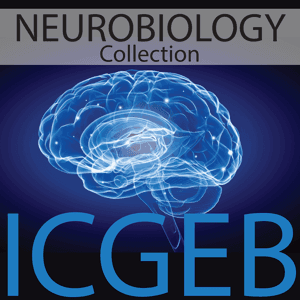Eduard Ayuso, INSERM 1089, University of Nantes, Nantes, France speaks on "Unraveling mechanisms and biology of recombinant AAV vectors
produced in insect cells". Recombinant adeno-associated vectors (rAAV) are viral vectors of choice for gene therapy of many inherited diseases. Medicinal products based on rAAV are predominantly manufactured by transient transfection of mammalian cells or baculovirus expressing vectors (BEV) infection of insect cells, being the latter method more suitable for large-scale production. Although AAVs are mammalian viruses they can be assembled in insect cells, but the biology of the system has been poorly investigated. Here, we have studied the role of the assembly-activating protein (AAP) in insect cells and we found that this protein is expressed in a similar manner as in mammalian cells. By knocking down the AAP, it was confirmed that AAP is required for the assembly of AAV2 particles in insect cells. Next, we aimed to identify and characterize DNA species encapsidated in rAAV stocks produced in insect cells. To this end, we developed a single-strand virus sequencing protocol based on Illumina high-throughput sequencing technology (HTS). Preliminary data obtained from rAAV stocks puri ed by CsCl ultracentrifugation or immunoaffnity chromatography revealed that baculoviral and cellular DNA correspond to ≤1.5% and ≤0.02% of the total reads, respectively. Moreover, the sequencing coverage showed that the proximity to the ITRs increases progressively the probability for baculoviral DNA to be encapsidated. Nonetheless, these baculovirus-derived reads are found at a frequency of 2-3 logs lower than the rAAV genome reads. The development of accurate quality control methods is not only critical for fulfilling regulatory requirements, but will also provide novel insights into the biological mechanism of rAAV assembly in insect cells. This movie has been recorded by ICGEB Trieste.





























